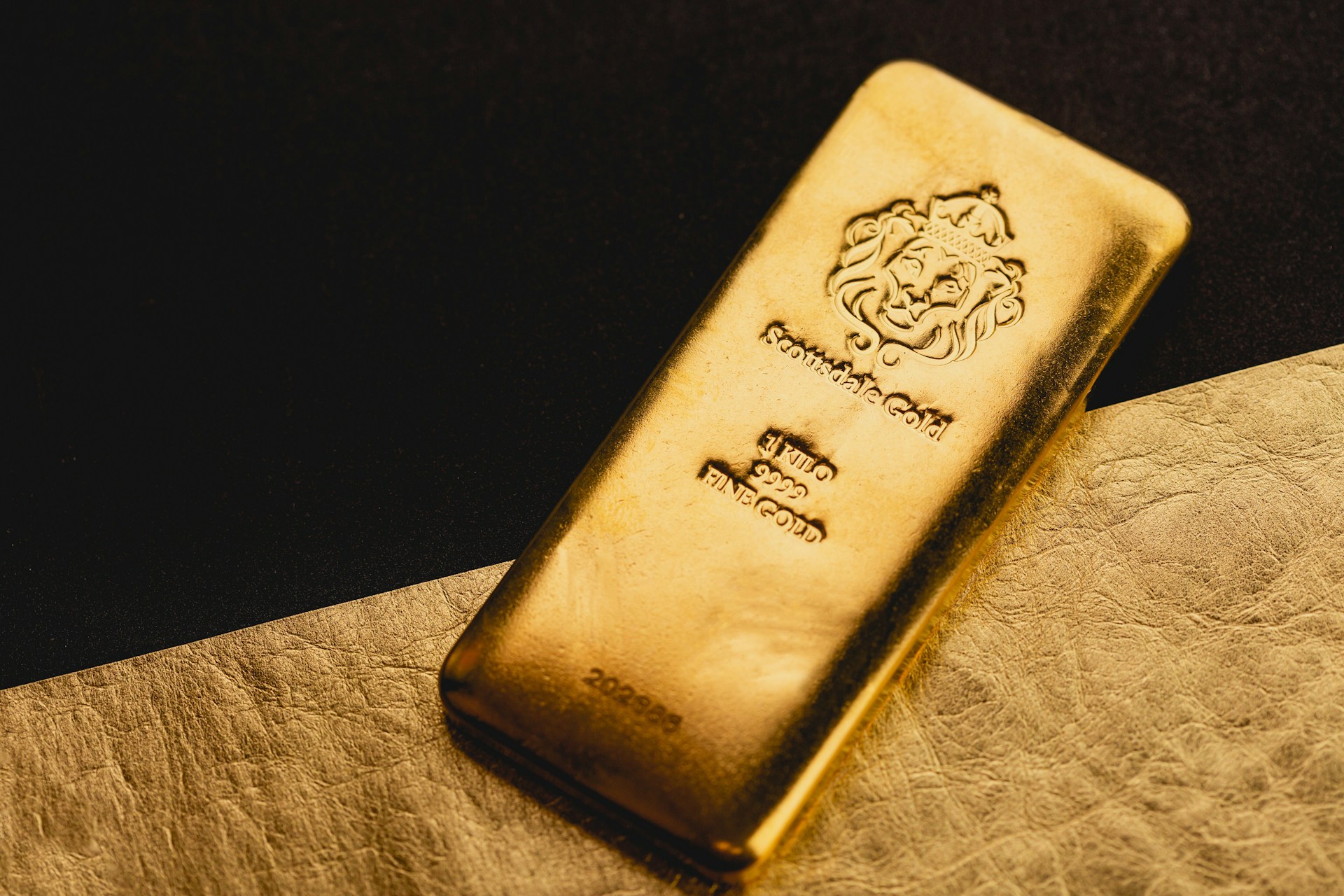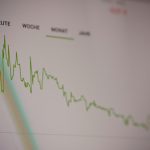
Gold and Oil Markets on Edge Ahead of Key Fed Decision
Investors Eye Fed’s Rate Policy Shift
Gold markets remain under close observation as traders await the US Federal Reserve’s monetary policy decision, scheduled for later today. The precious metal, often viewed as a safe-haven asset during times of uncertainty, has found mild support from falling yields on US Treasury bonds and a slight weakening of the US dollar.
While the Fed is widely expected to hold interest rates steady despite mounting pressure from former President Donald Trump for rate cuts, the spotlight will be on Fed Chair Jerome Powell’s press conference at 8:30 PM (CEST). Markets are keen for any signals regarding future policy moves. According to CME Group’s FedWatch tool, there is currently a 64% probability of a 25-basis-point rate cut at the upcoming meeting on 17 September.
Adding to the day’s anticipation are key economic indicators due this afternoon, including the ADP employment report and second-quarter US GDP figures. Both could influence expectations for monetary policy in the months ahead.
Gold Prices Hold Firm in Early Trading
On Wednesday morning, gold futures remained stable. As of 7:30 AM (CEST), the December contract – the most actively traded – had risen by $2.50, bringing the price to $3,326.50 per troy ounce. Despite a recent pause in the rally, gold continues to trade near record highs seen earlier in the year.
Oil Markets Await Supply Data Despite Inventory Surprise
Crude oil prices held steady at elevated levels, even after the American Petroleum Institute (API) reported an unexpected build in US crude inventories of 1.54 million barrels, contrary to forecasts predicting a drawdown.
Attention now shifts to the official Energy Information Administration (EIA) report due at 4:30 PM (CEST). Analysts expect a drop of 2.5 million barrels in crude stockpiles, alongside projected declines in petrol and distillate inventories of 1.1 million and 900,000 barrels respectively.
Oil prices surged on Tuesday following a sharp statement from Donald Trump, who shortened his ultimatum to Russia regarding the war in Ukraine to just 10–12 days. Should this deadline pass without resolution, buyers of Russian oil could face secondary tariffs of up to 100%, further fuelling volatility in energy markets.
Is the Gold Rally Set to Continue?
Despite the rally losing some momentum since April, gold prices remain at historically high levels. Experts believe the upward trend could continue, offering opportunities for investors seeking a hedge against economic uncertainty.
“Many of the drivers that pushed gold higher remain in place,” said Thomas Benedix, an investment strategist at Union Investment. Under Donald Trump, US national debt is expected to rise more rapidly, which typically enhances gold’s appeal as a safeguard against inflation. Similarly, instability in the US Treasury bond market could further support demand for gold.
Gold Demand Supported by Broad-Based Interest
Gold is particularly attractive to investors due to its diverse demand sources. John Reade, Chief Market Strategist at the World Gold Council, explains that more than a third of demand comes from both the investment sector and industry, with jewellery continuing to play a key role. Central banks also remain significant buyers, seeking to diversify reserves and protect against inflation.
Investment Options in the Gold Market
Retail investors have several avenues to access gold. These include traditional options such as bullion and coins, as well as shares in mining companies. According to Manfred Rath from KSW Vermögensverwaltung, Exchange Traded Commodities (ETCs) backed by physical gold are particularly advantageous. They are easier and safer to store via exchanges and, importantly, profits from sales held for over 12 months are tax-free in Germany, increasing their appeal.
ETCs: Balancing Potential and Risk
It’s essential to note that gold ETCs are bearer bonds, not protected segregated assets. This means investors face a theoretical risk should the issuer default. However, the Deutsche Börse emphasises that most ETCs are fully collateralised, mitigating this concern.
Physical Gold: Security with Added Costs
Physical gold, whether in bars or coins, offers tangible security and direct control over assets. But, as Rainer Beckmann of Ficon Vermögensverwaltung points out, it comes with storage and insurance costs. Nevertheless, it remains a suitable option for those looking to secure wealth long-term – for instance, as part of inheritance planning or crisis strategies.
Gold Mining Stocks: Diversification Through Funds
For those aiming to invest in mining operations while limiting individual company exposure, gold mining funds or ETFs offer a diversified approach. Gökhan Kula of Alps Family Office notes that this strategy helps mitigate risks associated with investing in single companies. However, it does expose investors to the broader volatility of the stock market.
Conclusion: Gold Remains a Strategic Asset
With global uncertainties persisting and inflationary pressures not abating, gold continues to be a key instrument for diversification and wealth protection. Whether through physical holdings, ETCs, or mining stocks, investors have multiple paths to benefit from gold’s enduring appeal as a crisis-resilient asset.















